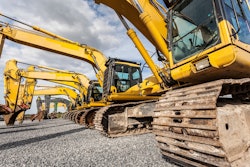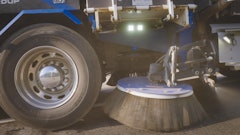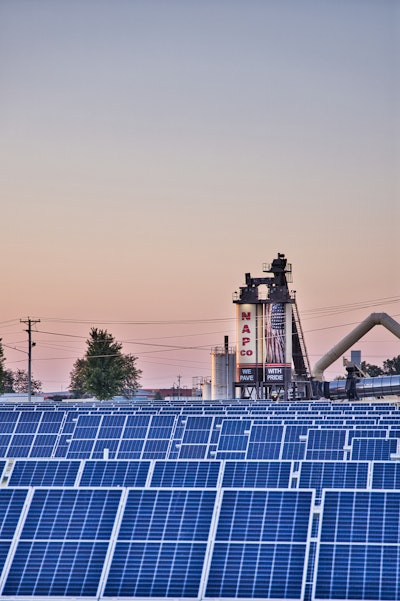
Smart business owners know that in order to future-proof your company, you have to invest in it. Invest in your people. Invest in your equipment. Invest in initiatives that will serve your business goals down the road.
Norris Asphalt Paving, located in Ottumwa, IA, has continually invested in their business to fuel their growth and support the needs of their customers. And recently, invested in the long term success of their business in a sustainable way.
The company owns five asphalt plants, three of which are stationary throughout southeast Iowa, and two portables that service Iowa and Northern Missouri. Each year, the company produces 400,000 to 500,000 tons of hot mix asphalt. Their aggregate division, Douds Stone, has 15 locations dotted around southeast Iowa and sells 2-3 million tons of aggregates annually.
All that production requires a lot of energy and when president Dan Roberts started researching ways to improve his bottom line in this area, a solar-power conversion got his attention.
“We are always looking for ways to be greener and more efficient and that also helps us to be more competitive,” Roberts says. “We had talked about the possibility for years, but the conversation was usually about running the office and shop that are located here at the plant also. It wasn’t until further discussion and looking into options that we realized we had the room here to install a solar field large enough to run the electrical needs of the office, shop and asphalt plant.”
The Challenge: Permitting
Building a solar farm isn’t like Field of Dreams. You can’t build it and have the energy magically come. A lot of planning and permitting is involved before strides can be made and power can start flowing.
“The process took over a year and half from design to activation,” Roberts says. “We spent some time in the design and approval stage and there were some delays in getting the solar panels themselves. The contractor was also busy and had us down their list quite a ways. But the longest delays we experienced came from the power company. They have to approve everything before construction, then inspect and do the final activation.”
The power company was concerned that their grid could not handle the power coming from the solar field and recommended Norris complete a grid study before moving forward. They also worried that if there was an outage, and lineman are working on the line, there would be a potential for them to be shocked. Norris worked with the engineers and Solar FX to install interlocks and breakers that would prevent that from happening if the grid goes down.
“Our electrician, Justin Klyn, really drove the whole boat on the solar field construction and asphalt plant,” Roberts says. “The process was under his supervision with Solar FX, the local solar company we hired to oversee the project. He worked with the energy company every day and we did not take no for an answer until they approved our permits.”
The company used about two acres of land to build the solar field. Three separate groups feed three separate meters. Each size is measured in Kw and is as follows; Asphalt Plant 200KW, Shop 100KW, office 60KW.
After Norris had the solar field built and ready, the power company again caused a delay.
“We had the grid completed and ready for a few months until we were able to have them activate it,” Roberts says. “They have to come and do the final approval because the field will be feeding electricity into their power grid. Finally, we had to go to the Iowa Utilities Board and have them work with the energy company to activate everything.”
Opportunities for Years to Come
At the same time the company installed the solar field, they also upgraded their 1991 Cedar Rapids parallel flow plant to an Astec Dillman Unidrum.
“The old plant restricted us on production and recycled material usage and was getting pretty worn out so this upgrade was perfect timing,” Roberts says. “We were able to install the solar field and new asphalt plant and take them both live this spring.”
While making these upgrades may not seem financially possible for many companies, Norris knows that in the long run these investments will pay off as they are better able to serve their customers with the new plant while the solar field will pay for itself in a few years time.
“This was a large capital expenditure but it should cover our electrical needs in a years’ time and at current rates it has around a 7 year payoff with a 25 year warranty,” Roberts says. “If electrical rates increase it will pay for itself in a shorter timeframe. We are also expecting to get more than 25 years out of the system.”
And the switch positions Norris to be an industry leader in a space that is continually pushing sustainable initiatives.
“Sure this helps decrease some of our fixed costs in an economy when costs are getting out of control and difficult to manage, but it also helps decrease our carbon footprint,” Roberts says. “Asphalt contractors are already the largest recyclers with RAP, RAS and we also recycle waste oil into burner fuel at most locations. So I feel like this goes right with that green thinking and operating as efficiently as possible.”



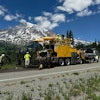

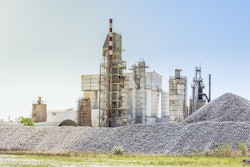
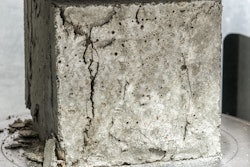
![Img 1791[100]](https://img.forconstructionpros.com/files/base/acbm/fcp/image/2022/09/IMG_1791_100_.632c76e4ca400.png?auto=format%2Ccompress&fit=crop&h=167&q=70&w=250)
